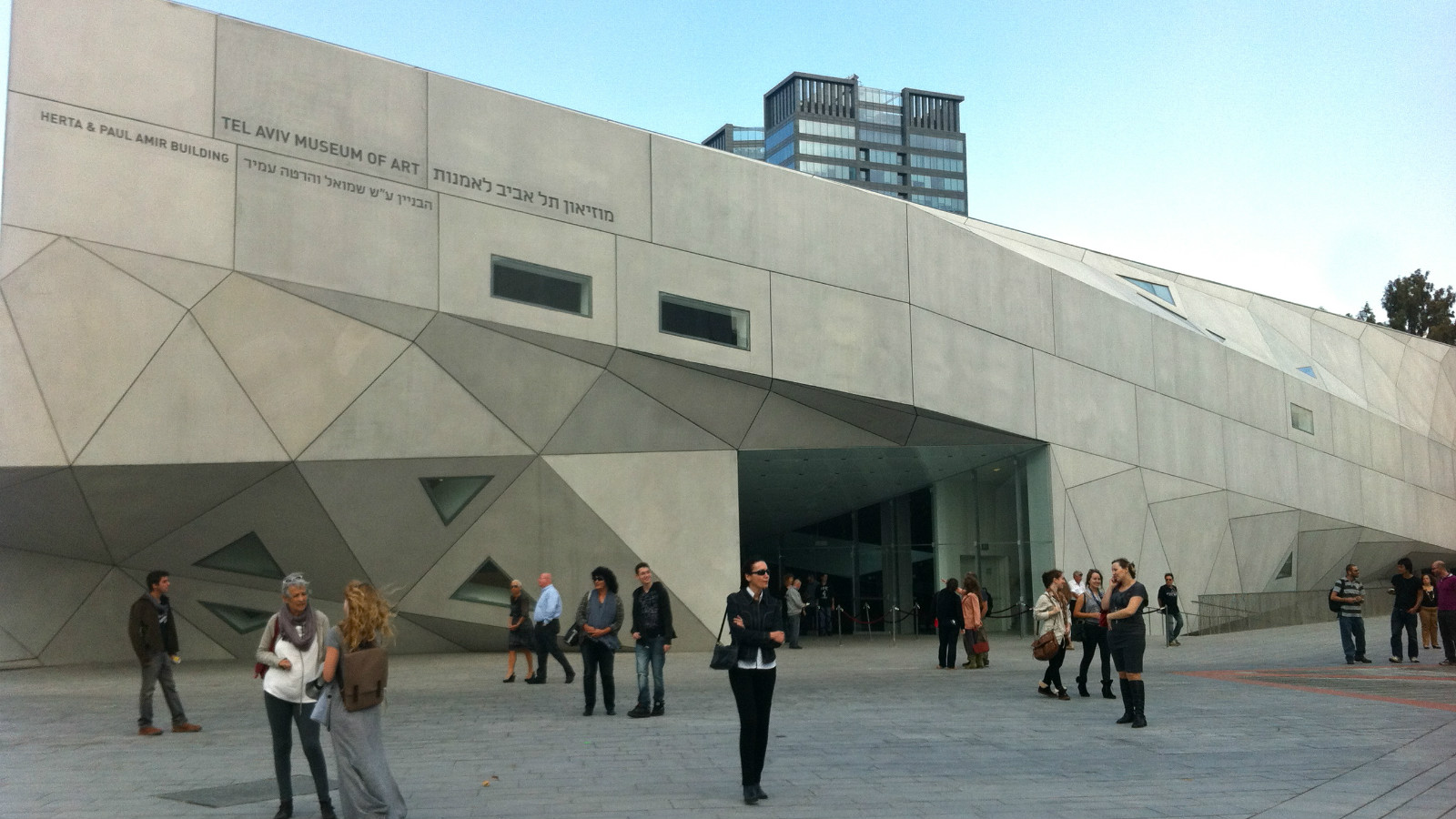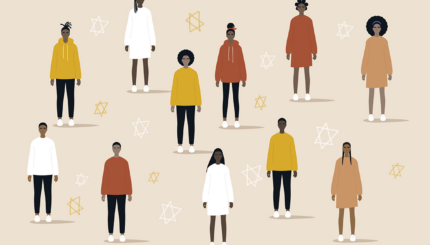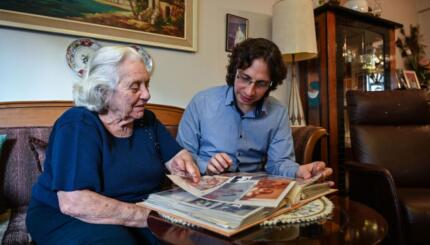Though the modern State of Israel has officially been independent only since 1948, its unique blend of dynamic arts and different cultural traditions has been around for some time longer. Part of what makes the art scene in Israel so unique is that the country blends so many varying influences from all over the Jewish world. In the case of folk arts, for example, a wide range of crafts can be found flourishing–from Yemenite-style jewelry making to the embroidery and other needle crafts of the Eastern European Jews. Over the last half-century, as artisans have mixed and mingled and learned from one another, a certain “Israeli” style of folk art has emerged, reflecting all of the cultures who make up the modern state.
In the fine arts, there has also been a desire to create an “Israeli” art. From the late 19th and early 20th centuries, when significant numbers of Jews began fleeing Europe and settling in the Land of Israel with Zionistic dreams, the fine arts have occupied a prominent place in Israeli life. Artist Boris Schatz came to Jerusalem in order to establish the Bezalel School–named for the Biblical figure chosen by God to create the first tabernacle. A university-level academy known today as the Bezalel Academy of Art and Design, the flourishing of the school typifies the country’s support of its artists.
Unlike the United States, where the virtue of public art continues to be debated, the Israeli government makes clear its support of visual artists and their contributions to society. In Israel, the role of public art helps to express and define the concerns of a common, yet diverse, culture. In a country that struggles daily to protect its inhabitants, art is considered to be a necessity, rather than a luxury. Perhaps it is the distinct Israeli-style “live for today” philosophy that makes the appreciation of art more vivid than in other, “safer” countries.
Not that Israel’s artists have always had an easy time defining themselves in relation to the rest of the art world. Early Israeli painters like Nahum Gutman tried to create a unique “Hebrew” style of art–capturing the excitement of establishing a Zionist state–while maintaining his influences from Modern European art. Other great Israeli artists such as Reuven Rubin had to leave Israel for periods of their life in order to receive the recognition that they desired; Rubin’s first major exhibit was held in the United States, thanks to his friend, the photographer Alfred Stieglitz.
With your help, My Jewish Learning can provide endless opportunities for learning, connection and discovery.
Not all successful Israeli artists have portrayed Jewish or Zionist themes in their work. One of Israel’s best-known artists, for example, Yaacov Agam, is known for his unique expression of optical art. Indeed, as life in Israel became more established, the diversity of Israeli artists increased. As Israeli artists became accepted into the international art scene, their work took on the various styles and aesthetic approaches reflected in the wider art world.
Just as the politics of two Israelis can be as far apart on the spectrum as imaginable, so are the political ideologies of its artists, whose works might include everything from anti-war statements to paintings of national pride. Israeli art has matured to express the range of opinions and emotions circling in Israeli life; therefore, there is no one style, ideology or medium that defines an Israeli artist today.
But what each Israeli artist has in common is that they are fortunate to come from a culture that values the work of artists and continues to support creation of the arts as an integral part of its unique social fabric.



